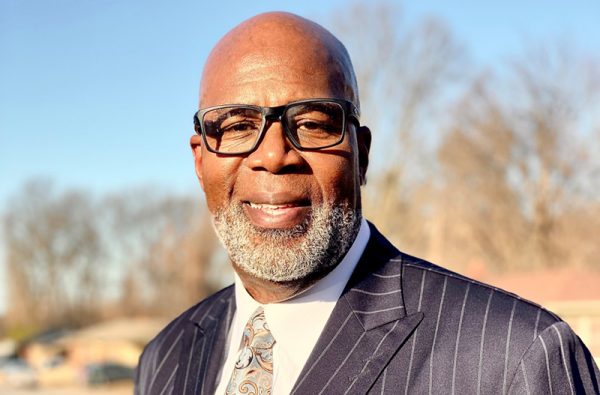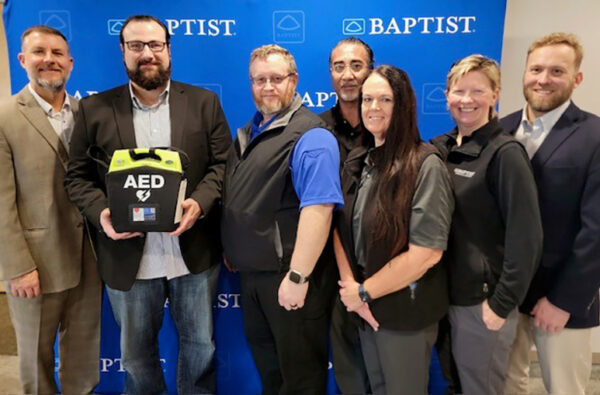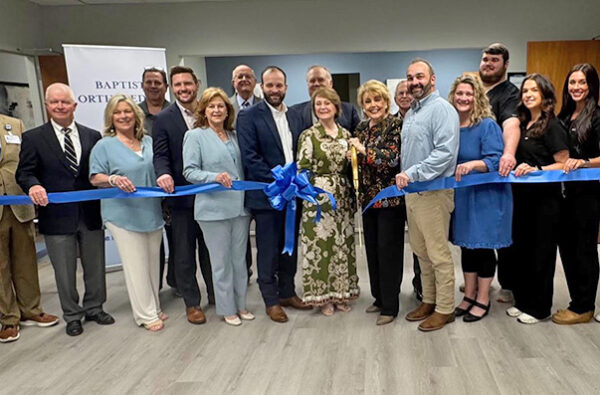Baptist Medical Group (BMG) Executive Director of Operations Sean Nelson talks about how the team at BMG-Finn Internal Medicine improved patient experience scores working with Baptist Management Systems.
“We discovered through our KATA that one of the biggest contributors to the patient experience score was wait times, from entering a waiting room to check out,” said Sean. “So this was our first focus.” Starting in June 2016, the staff has revamped the clinic workflows from the way patients are scheduled through the rooming process. The result: in June 2016, seven of 22 patients had a wait time of less than 10 minutes. In January of 2017, an average 15 out of 22 patients had a wait time of less than 10 minutes.
While Finn Internal Medicine is only halfway through the KATA, already it has seen significant improvements. “We have moved from an initial ranking of the 60th percentile (as compared to outpatient practices nationwide) to a 90th percentile ranking currently. And we have been able to decrease wait times without affecting the number of patients seen. Increasing the patient experience scores by 30 percent is exciting.”
Here’s a breakdown of their journey:
The Medical Group dialed up a success story as well. Starting in June 2016, The Medical Group worked a KATA on how calls are answered. “Our goal is to have a greater than 90 percent answer rate, said Sean. “Already we have improved from an initial 60 percent to our current 72 percent.” As they moved through the KATA, several opportunities presented themselves.
Voicemail. “It became a crutch and created a need for a fulltime person to pull voicemail each day and return calls. So we turned voicemail off,” said Sean.
Workflows. Initially, three staff members worked the phones. Nurses often would be too busy with patients to take calls live. “After restructuring, we now have five to six employees answering the phone and have a phone nurse. We were able to do this without adding any full-time employees to the clinic.”
Better utilization of MyChart. “Previously, we handled many prescription refills by phone,” said Sean. “We thus heavily promoted signing up for MyChart so patients could order refills and have questions answered via secure messaging.”
Messaging. Prior to KATA, the MyChart Scheduling In-Basket and Staff Messaging In-basket had 200+ messages. The Patient Insurance In-Basket had more than 250 messages. “We now keep up with this daily and have implemented a workflow through KATA,” said Sean. “We also believed that decreasing provider and nursing in-baskets would decrease calls and improve patient satisfaction, so we piloted a new process with one physician.” So far, the team has decreased her in-basket from 50 or more results and 15-20 phone calls remaining per day to zero per day, while at the same time reducing overtime.
“As a leader, KATA has been fun for me because I see the excitement in people’s eyes when they achieve successful results,” said Sean. “Their ideas make things flow more smoothly and have a positive impact on our patients.” And that success rings well in any ear.






